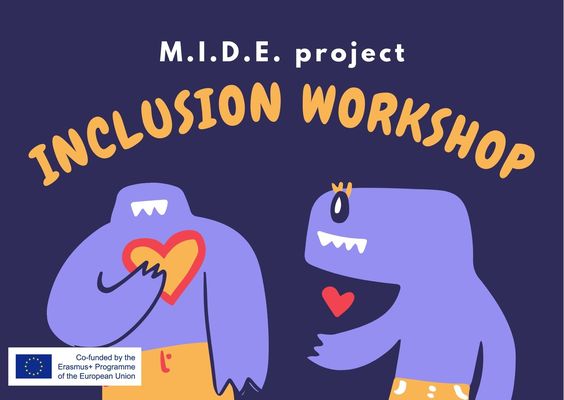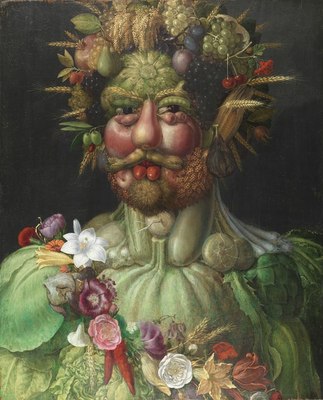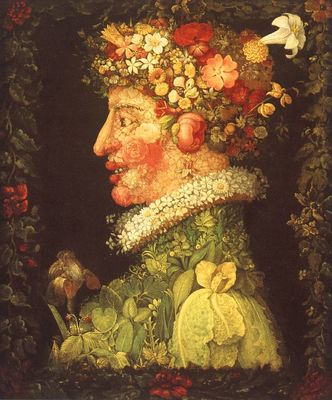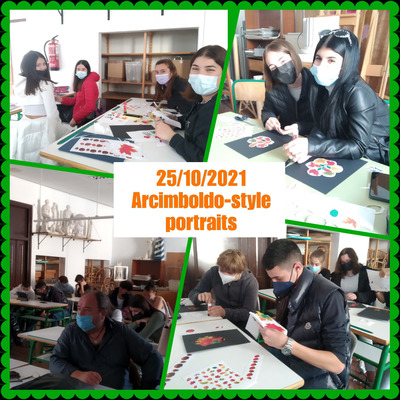Teachers in charge of managing this activity: Lore Guillen, Linda Alexopoulou & Theodoros Tomaras
The other's gaze

Since Aristotle there has been an analogy between aesthetic and ethical features. Traditionally, the beautiful has been considered "good" and the ugly "bad."
Since ancient times, disability has been considered something monstrous, the antithesis of the human. Although we refuse to say it (and even to think it), we interpret these people as non-human. We turn them into monsters, out of fear that they will affect us.
But as I. Calderón says: "What is common to all human beings is precisely what is different: there is no human being equal to another, there is no human being who does not change. Every man or woman has a life, a biography. The human being, therefore, is different from himself and from others."
Prejudice is not based on available scientific knowledge, but on tradition. The reality of disability is socially constructed and forces the person to become a pathology, an anomaly.
Every person needs a community that wishes them the best, that values who they are and what they do, that encourages them to continue.

Do you know the story of Lizzie Velasquez?
Watch the video, prepare the questions about Lizzie with your group mates and upload them to the forum to discuss them together.
Here's a link from Βικιπαίδεια about Lizzie Velásquez

Questions about Lizzie Velásquez
1-Who is Lizzie Velásquez?
2-What illness does Lizzie have?
3-What phisical appearance does Lizzie have?
4-What is her attitude towards life?
5-Do you think that she is happy? Why?
6-Create your own definitions of beauty and monstruosity and share them through this jamboard.

Create an Arcimboldo-style portrait of a teammate.
1-Choose a teammate.
2-Create a portrait with nuts and autumn leaves.
3-Take a photo of the portrait and upload it to the twinboard putting your name and the name of the partner you have taken the portrait for.


